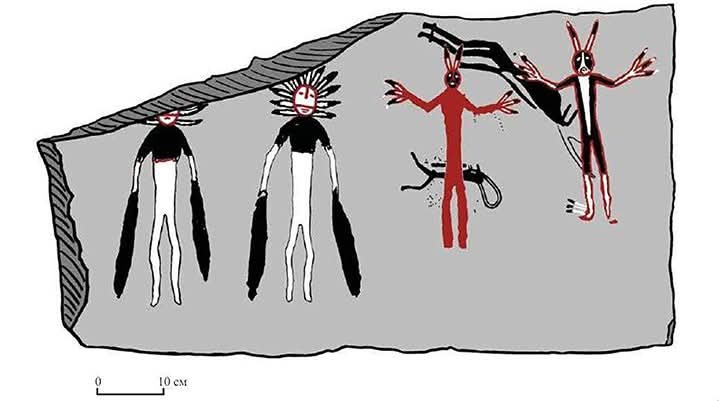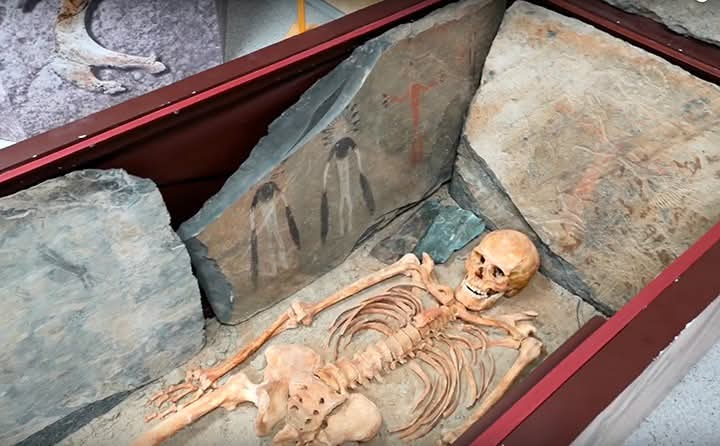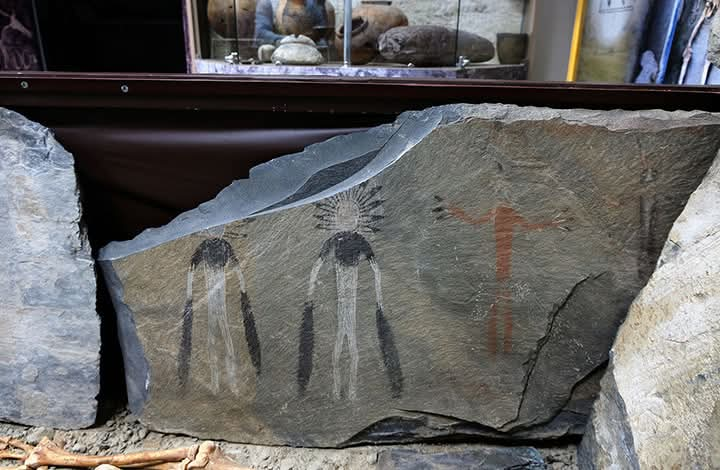
The stone slabs used as the walls of the burial site were adorned with a series of polychrome rock paintings, rendered in three distinct colors—white, red, and black. This marked the first known instance of polychrome rock art in Siberia, providing a rare glimpse into the artistic expression and symbolic practices of ancient peoples in the region.
The imagery on the slabs is thought to hold deep cultural or spiritual significance. While the exact meaning of the art remains unclear, the use of multiple colors suggests a sophisticated understanding of artistic techniques and symbolism. The choice of colors might have been tied to ritualistic beliefs, representing elements like life, death, and the natural world, which were central to many early cultures.
This burial site sheds light on the complexity of Siberian societies during the Bronze Age, highlighting their capacity for creativity and their reverence for the afterlife. The discovery of the polychrome paintings not only enriches our understanding of early art in this part of the world but also underscores the universal human drive to create and communicate through visual storytelling.













Leave a Reply